With the growing fraudulence in the financial sector, and to trace any suspicious behaviour it has become very important to keep proper records of customer. CKYC norms were introduced to curb the illegal activity that ruins the financial sector. This helps in knowing the customer better. This further helps in keeping the investment secured.
KYC, replaced by CKYC (Central Know Your Customer). The earlier KYC norms had a separate KYC format for different institutions. However, with the introduction of CKYC, the customer need not go through the KYC process again with any other institution.
Complete Central KYC once done exempts you from going through the whole process again with another institution. This has reduce the burden of the investor from going through the KYC process all over again.
What is CKYC?
CKYC is the abbreviation for Central Know Your Customer. It is a centralised repository that stores or saves all the personal details of the customer. Earlier, there was a separate KYC process for every financial entities. The Central Government launched CKYC. This helps to bring all the KYC processes on a single platform.
Hence, if verification of an investor’s complete Central KYC is done, he is not needed to go through the same process again. In case he desires to invest in some other financial institute. The data is thereafter stored digitally in one central server. This data is accessible to all authorized financial entities. The financial institution can use the data as required.
The Central Registry of Securitisation and Asset Reconstruction and Securities Interest of India (CERSAI) manages CKYC Registry. The Union Budget of 2012-13 announced the CKYC. And subsequently, thereafter it commenced in July 2016.
Central KYC or CKYC is an initiative by the Government to bring the KYC process of all financial entities under a single window. CKYC norm requires all individual investors are to fulfil KYC requirements.
Features of CKYC
CKYC registry helps the financial entities skip the lengthy process of onboarding customers. They make all the relevant information about the customer available under the same window. This further helps in saving a lot of time and labour.
Before the introduction of CKYC, opening a bank account was an ordeal. One had to run around to gather documents as per the requirement of the financial institute. This took a lot of time and energy. However, if you want to invest in some other financial institute, you have to again go through the same process of documentation.
Therefore, with the introduction of CKYC, the customer need not go through the same pain of documentation. The data is stored under one roof. This data is further available for the authorized financial organisations to have access to it. This helps both the customer and the financial institute skip the hassle of documentation.
The following are the features of CKYC :
- CKYC is a 14 digit number which is linked with the customer’s ID proof.
- The data is then safely stored in electronic format.
- The document submitted is then verified with the issuer
- All the concerned institutions are notified when there is a change in the KYC details.
How Does CKYC Work?
It has now become mandatory to complete central KYC before you make any investment. This helps in knowing the customer better and further securing the investment. The financial institution saves the KYC records of customers. This further helps in curbing any fraud and suspicious behaviour in the financial sector.
Prior to the investment with any fund house, the customer has to fill the KYC form. The CKYC form needs to be filled and submitted with related documents. CERSAI further verifies the KYC documents.
The KYC documents verified by CERSAI is stored digitally in one server. The customer is allotted a 14 digit number which is linked with his ID proof. This number will be the KYC verified number.
Once the process is complete, the customer will not be asked for KYC again if he wishes to invest with some other fund house.
The Fund House can request CERSAI to make available the customer’s documents by furnishing the CKYC number. The data so stored is accessible to all authorized financial entities. The financial institution can use the data as required.
Types of CKYC Accounts
CKYC or Central Know your customer was introduced as per the directives of the Ministry of Finance. There are four types of CKYC accounts such as :
1. Normal Account: The account so created depends on the kind of document a customer submits. A normal account is created when any of the below-listed documents are produced by the customer as proof of identity. These documents are :
- PAN Card
- Aadhaar Card
- Voter ID Card
- Driving Licence
- Passport, or
- NREGA Job Card
2. Simplified Measured Account: This is another type of CKYC account. This account is created when the customer submits other valid documents (OVD). These documents are as per RBI Circular RBI/2015-16/42. These accounts are prefixed as ‘L’ by the KYC identifier.
3. Small Account: A small account is created if the customer submits only his personal details along with a photograph. These accounts are prefixed as ‘S’ by the KYC identifier.
4. OTP Based eKYC Account: OTP based KYC is done online. This account can be created by submitting a photograph along with an Aadhaar card PDF file downloaded from the UIDAI website. These are then enabled by an OTP. These accounts are prefixed as ‘O’ by the KYC identifier.
Documents Required for Registration
CKYC is not a lengthy process. All you need to do is submit the KYC documents required duly filled and attested. CERSAI verifies all documents once submitted.
The documents once verified by CERSAI will then be stored digitally in one server. The customer is then allotted a 14 digit number linked with his ID proof. This number will be the KYC compliant verified number.
Below is the list of the KYC documents required for registration in CKYC:-
- Duly filled CKYC form or KRA application form with signatures. A customer also has to fill supplementary CKYC form.
- One identity proof (self-attested)
- Address proof (self-attested)
- One photograph
Post verification of these documents by CERSAI a 14 digit number is linked with the ID proof. This number is the CKYC verified number. All the data is stored digitally and the fund houses will have access to these documents by producing the verified number. The customer does not need to go through the CKYC process again if he wishes to invest in some other financial institute.
What is the Process of Completing CKYC?
When you are investing in any financial product that is regulated by RBI, SEBI, PGRDA or IRDAI, you need to complete your KYC. These institutions will register the KYC details with the Central Registry of Securitisation and Asset Reconstruction and Security Interest of India (CERSAI).
Let’s see how to do CKYC?
To complete the CKYC process, you must visit the registrar’s office (CAMS) office or any financial institution regulated by the SEBI, RBI, PFDRA, or IRDA. And submit all the necessary documents.
Upon submission of the documents and form, there will be an in-person verification. After the verification is done, you will be assigned a 14-digit KYC Identification Number (KIN). You can use this KIN/ CKYC number to show that you are CKYC compliant while transacting or availing any financial services.
How to Check CKYC Number Online?
Verification once complete, the customer can check his CKYC number through any financial services institute. Following these few simple steps :
- Firstly, Log on to the website of any financial services company that offers CKYC check.
- Secondly. The customer has to enter his PAN number.
- Thirdly, the customer has to enter the security code displayed on the screen.
- Lastly, a number is displayed on the screen. This is the CKYC number.
The customer can note down his CKYC number for future use. This will enable him to save time when investing with any financial institute.
Benefits of Central KYC Registration
Central KYC or CKYC has multiple benefits. From saving time to easy accessibility it covers it all. To make investing easier and hassle-free, CKYC was introduced in February 2017. Investors Clients will have to complete the CKYC process once either with a bank, mutual fund or insurance company. They will not have to revisit the process of KYC again when investing with any other financial institute.
CKYC is a one time process. It is an easy process and saves a lot of time for the investors as well as the financial institute. The following are the benefits of CKYC:-
- CKYC saves time and energy. An investor once registered under CKYC does not have to go through the whole process of documentation again. While investing with any other financial institution, the onboarding process takes less time.
- CKYC once registered enables the financial company to verify the KYC documents of the investor easily. This onboarding process becomes hassle-free for both the investor and the financial institute.
- Investors also have access to their CKYC verification. They can update their details in the CKYC registry anytime with not much effort.
- CKYC is an easy process. Any investor can register by following simple steps.
- CKYC also helps in deterring money laundering and other illegal behaviour in the financial sector.
- This reduce the burden of the investment authorities.. Now retrieving the investment data has become much easier. This will also enable the authorities to know how many investments the customer holds.
- The Investor can use his CKYC number to buy or invest in various financial schemes. This applies to an insurance policy, mutual funds and stock markets.
What is the difference between KYC, eKYC and CKYC?
KYC
Know Your Customer (KYC) is a regular process followed by all financial institutions. KYC is done to Identify an investor. Through this process, the identity of an investor is verified. The investor has to fill in the details on a form provided by the financial institution. The investor submits the filed form. This process is further supplemented by an In-Person Verification (IPV). Once the verification is complete the relevant investor data is stored with the KRA Registration Agency (KRA).
eKYC
eKYC or Electronic KYC is a regular process. In eKYC, verification is done with the help of an investor’s Aadhaar Card number. While completing the process of eKYC, the authentication of the investor’s identity can be done:
(a) Via One Time Password. (Limits investments to Rs 50,000 per year per mutual funds and mandates investments via the online electronic mode)
(b) Via Biometrics (No limits on the investment amount here unless those specifically imposed by the scheme / Fund House)
KRA then uploads the data digitally in its record.
CKYC
CKYC is an initiative of the Government of India. It was launched in February 2017. CKYC is done in order to help investors to do their KYC only once while investing. It enables an investor to invest with any other fund house without going through the KYC process again.
CERSAI manages the CKYC process.. It allows investors to transact with all entities which are governed or regulated by the Government of India. The investor is free to transact with any RBI, SEBI, IRDA and PFRDA registered company without the need to complete multiple KYC formalities. This leads to an easy onboarding process. It allows for larger market participation by investors, whereby making their financial journey easy and hassle-free.
How can I update CKYC?
You can update the CKYC status online. To update your CKYC you have to follow the below-listed steps :
- First, download the “change in KYC detail” from camskra.com.
- Second, fill the required field you would want to update and submit it to an intermediary you have a relationship with. The intermediary can be a mutual fund, bank or stockbroker.
- Third, the intermediary uploads the data in the system of KYC – registration agency or KRA that is associated with it. You can also do the CKYC status check online
Presently, there are five KRAs. These agencies are responsible for doing your KYC and storing your records. These agencies are –
- CAMSKRA (by Cams)
- CDSL Ventures Limited (a division of CDSL)
- NSDL Database management Limited (a subsidiary of NSDL)
- DotEx International Limited (a unit of National Stock Agency)
- KARVY KRA (By Karvy)
You can check CKYC KYC status online by visiting any KRA websites.
What is the use of CKYC?
CKYC helps an investor to invest in Mutual Funds, or to purchase any financial product. A KYC identification number is provided. The number is then linked with the customer’s ID proof. The investor can use this number to invest in mutual funds.
CKYC verification once done, there is no requirement for the investor to go through the same process again while dealing with some other fund house.
Frequently Asked Questions
To invest in mutual funds, KYC is the first step to do so. In case you are KYC compliant, you can verify your KYC online effortlessly. You have to visit the CDSL Ventures limited. You have to enter your PAN and captcha code and click on ‘Submit. Therefore, the KYC status will appear now. In case you are not KYC compliant, you can complete the KYC procedure either offline, online or through Aadhaar based Biometric.
Some intermediaries must have processed your KYC, which must be old or incomplete. In such cases, you can also verify your KYC on the NDML website. If your KYC is not verified, then the status will appear as pending. Otherwise, you can see the KYC status as KYC registered.
Yes, you can check your CKYC status online. You can check the status on CDSL, KARVY or any authorized financial services company’s website.
No. Like KYC, CKYC is not mandatory.
To get your CKYC, you can approach any financial institution regulated by the RBI, SEBI, IRDA or PFDRA. Alternatively, you can also complete the process at the CAMS office. You need to submit the filled-in form along with all the required documents.
The central KYC Registry is a centralised repository of KYC records. CKYC number is a 14-digit identification number given to all clients who have completed their KYC process.
Related Articles
- What is CKYC?
- Features of CKYC
- How Does CKYC Work?
- Types of CKYC Accounts
- Documents Required for Registration
- What is the Process of Completing CKYC?
- How to Check CKYC Number Online?
- Benefits of Central KYC Registration
- What is the difference between KYC, eKYC and CKYC?
- How can I update CKYC?
- What is the use of CKYC?
- Frequently Asked Questions












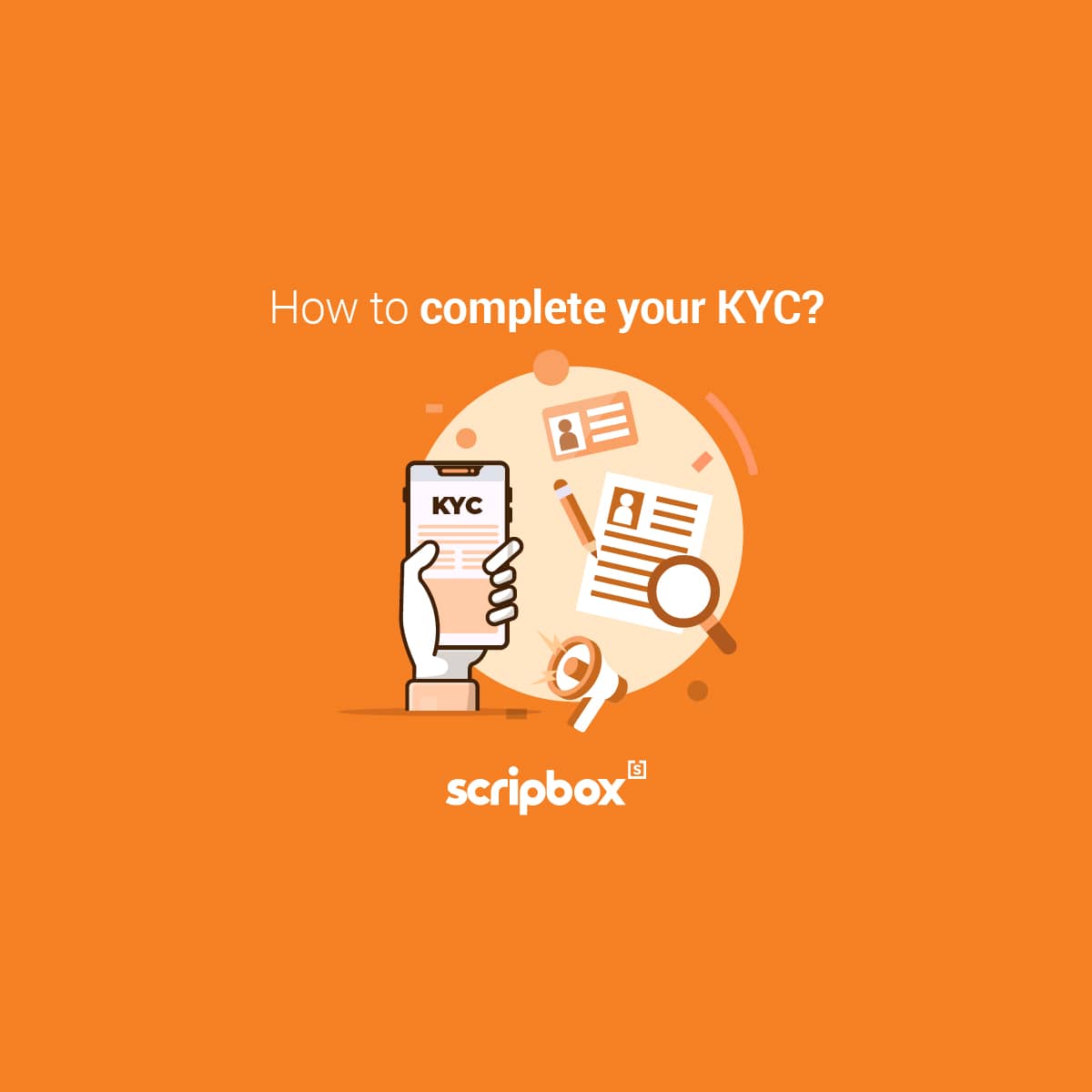
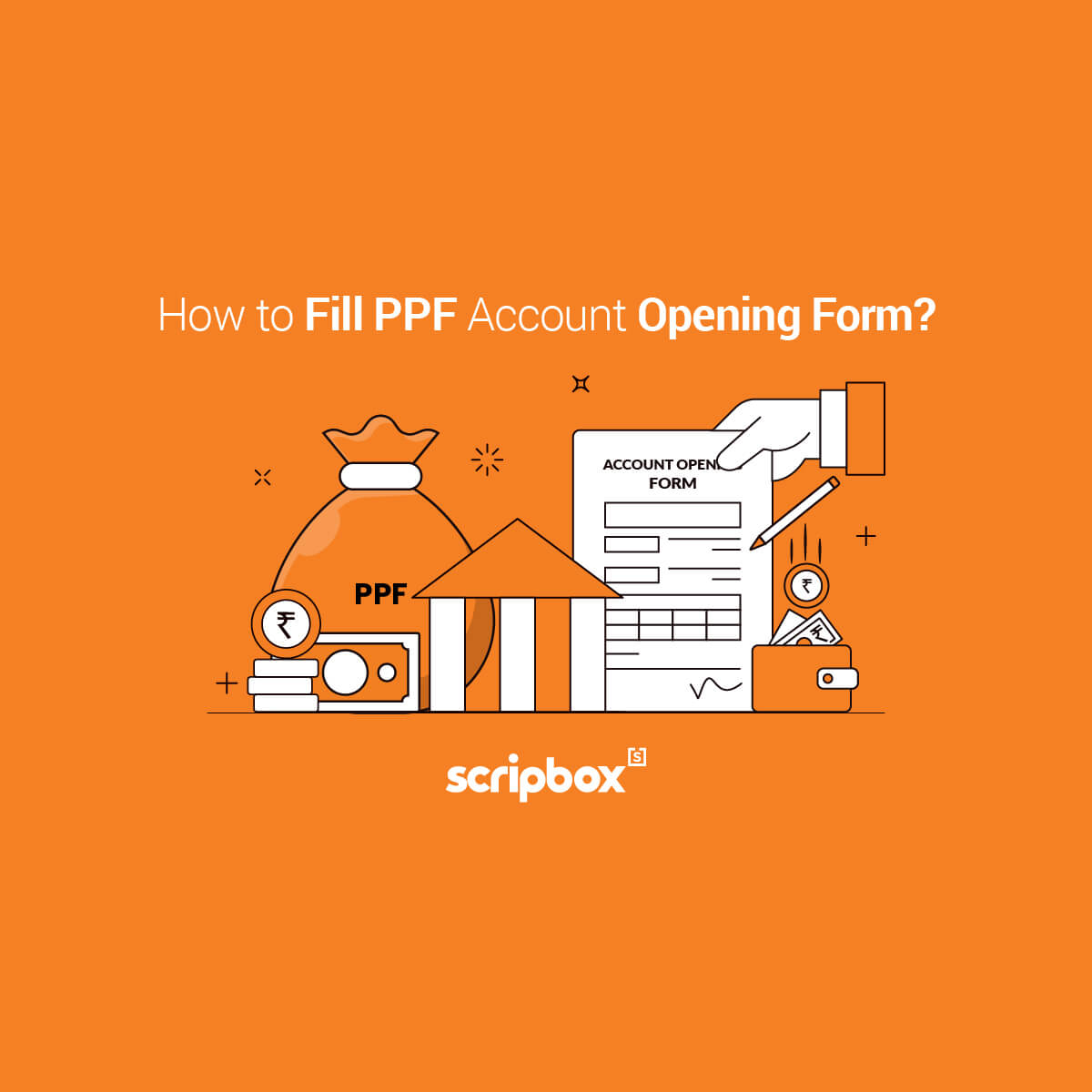
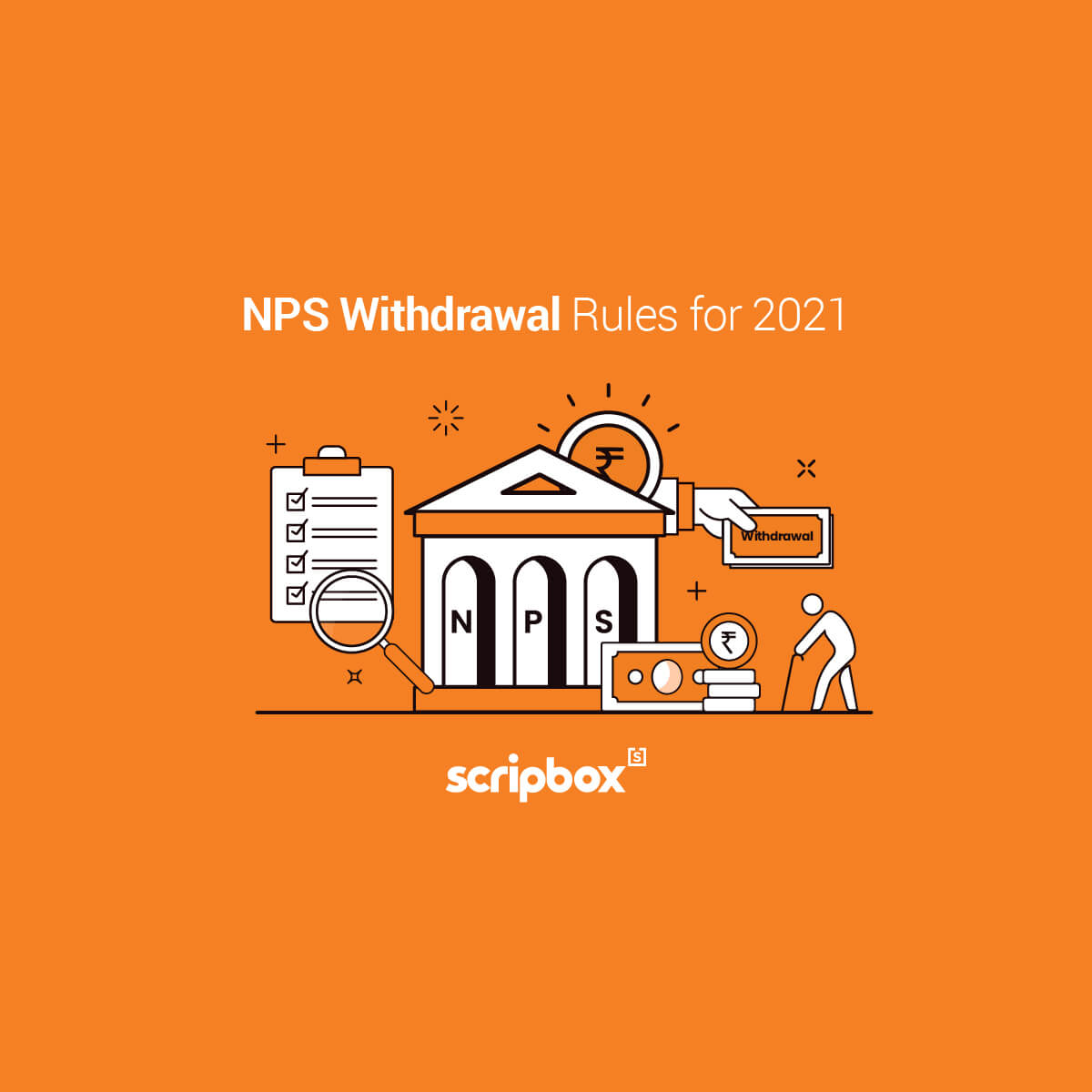
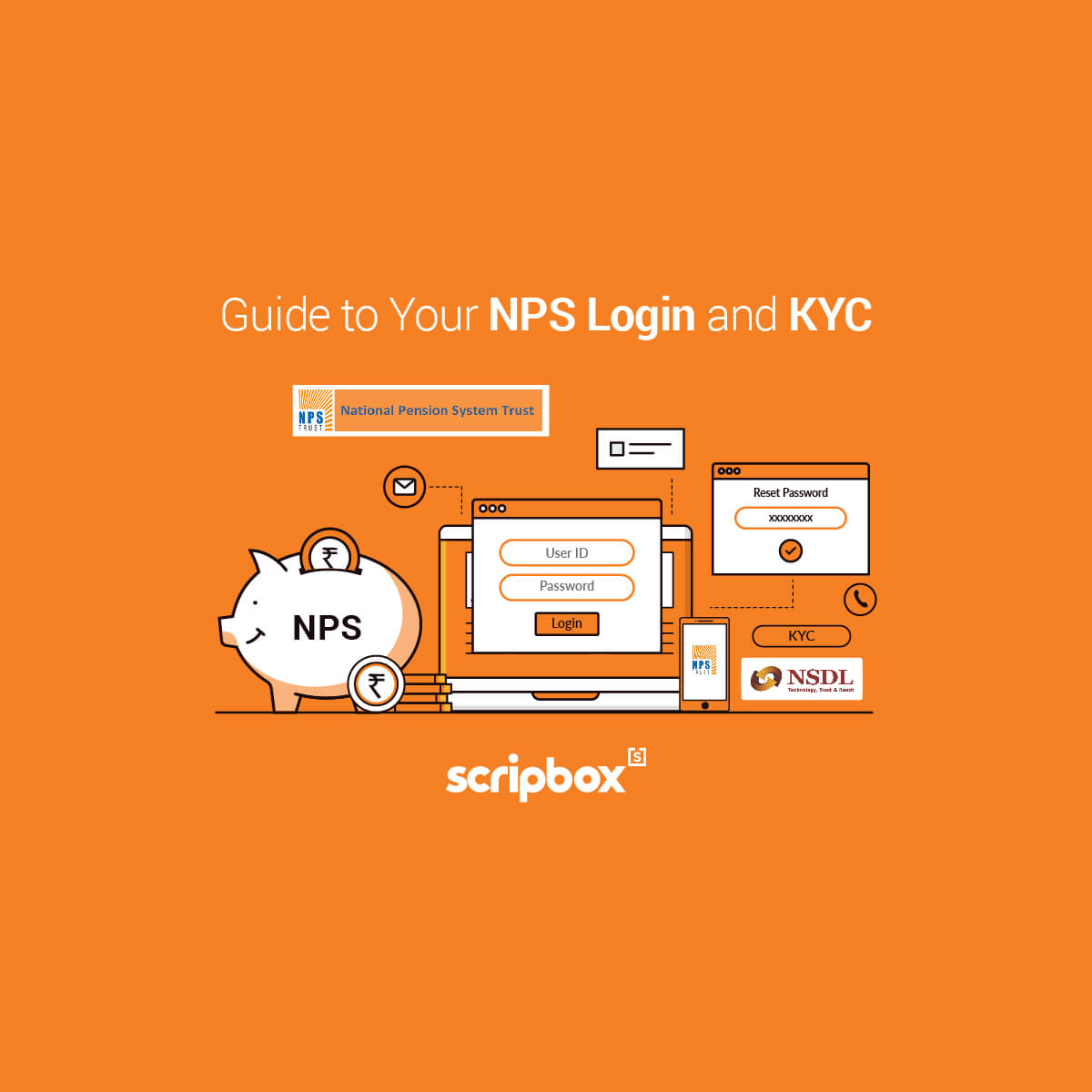
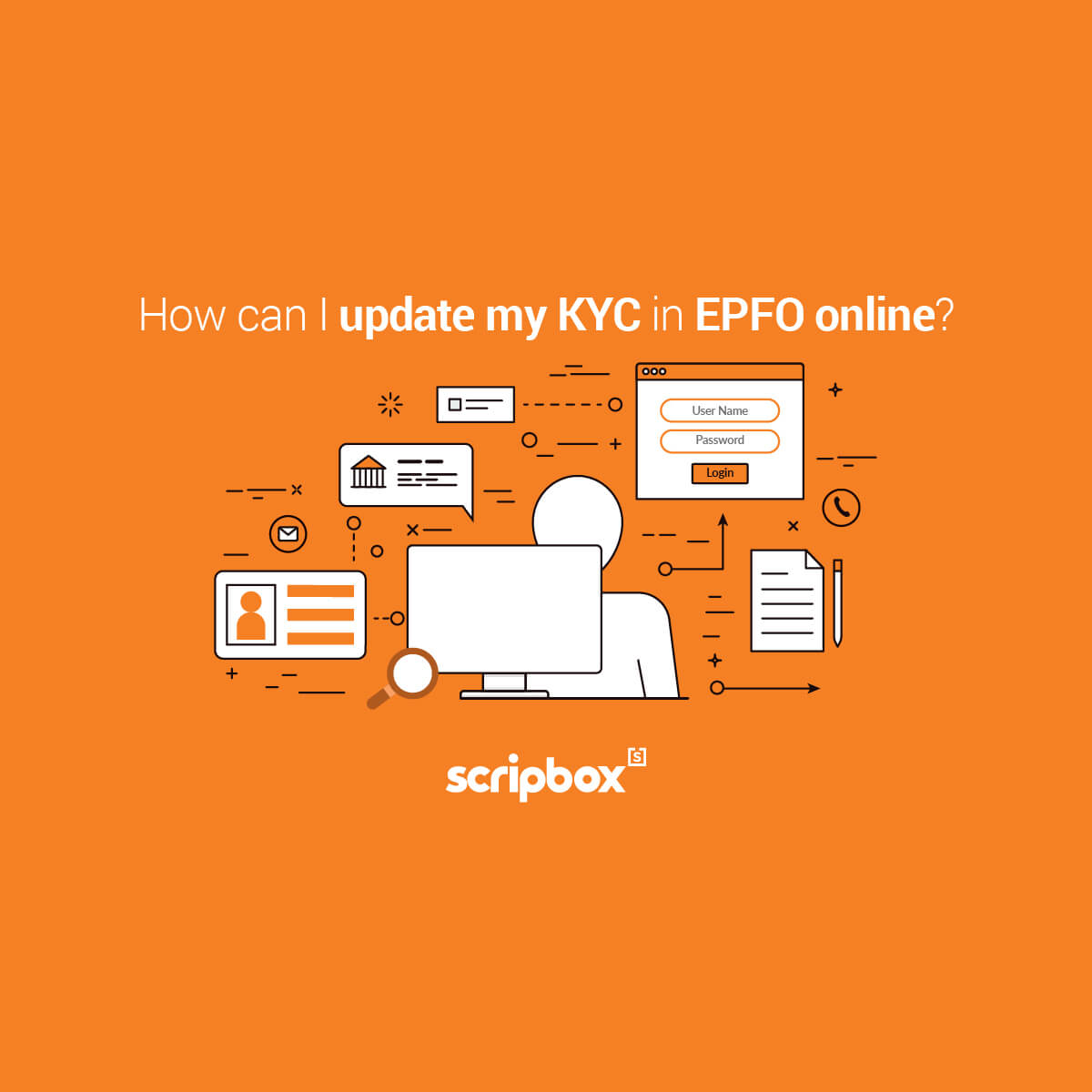












Show comments